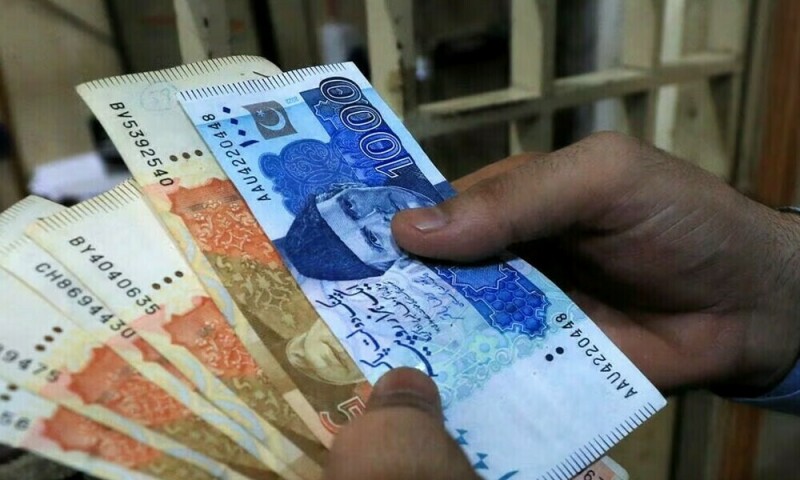Pakistan banks lost momentum on mobilising deposit amid shift in their focus to raise advance-to-deposit (ADR) ratios in the year ended December 31, 2024, the State Bank of Pakistan (SBP) said in its Financial Stability Review – 2024 published on Thursday.
This resulted into their increased reliance on borrowings to fund the assets growth in the year, the report said.
The Stability Review showed the performance and risk assessment of various segments of the financial sector including banks, microfinance banks (MFBs), development finance institutions (DFIs), non-bank financial institutions (NBFIs), insurance, financial markets and financial market infrastructures (FMIs).
It also assessed the financial soundness of non-financial corporate sector, a major private sector user of bank credit.
Pakistan receives record $4.1bn in remittances in March, says SBP governor
The central bank data suggested that banks deposit stood at Rs30.28 trillion at the end of December 2024 after hitting Rs31.34 trillion in September 2024, showing a drop of Rs1.06 trillion, or 3.5%, in the last three-month of the year under review.
“Deposit mobilisation also lost momentum as banks strived to raise their ADR ratios. Accordingly, the sector’s reliance on borrowings increased to fund the assets growth,” the central bank said.
“Banks’ earnings remained steady on the back of increased volume of earning assets as the fall in interest rates translated into deceleration in earnings’ growth.”
Banks strived to achieve the government’s then mandatory target of increasing their advances in the last quarter of the year 2024, it was learnt.
To achieve the target, banks had to increase their advances (credit to private sector) to 50% of their respective deposits to avoid additional taxes of up to 15%.
For that, banks apparently avoided accepting fresh deposits and increased their lending to the corporate sector in the year.
It may be noted that the government later abolished ADR-based tax and increased corporate income tax rate by 5% to 44% for banks in late December 2024.
Accordingly, the deposits have peaked to a new high at Rs31.63 trillion in March 2025, as per SBP data.
“In order to enhance depositor trust and augment safety nets, the deposit protection amount has been increased to Rs1 million from Rs0.5 million,” the Stability Review report said.
The report further said Raast – the central bank’s instant payment system – maintained its growth momentum with its outreach reaching around 40 million users and processing almost 800 million transactions during calendar year 2024.
Moreover, credit risk profile of the banking sector manifested no serious concerns due to adequate provisioning coverage of non-performing loans, the report said.
New design banknotes: Rs3.4bn paper machine upgrade project awarded to German firm
It said the adoption of the new accounting standards IFRS-9 (International Financial Reporting Standard) was expected to further enhance the risk management practices of banks and augment their financial cushions to withstand delinquencies in loan portfolio.
Solvency indicators such as capital adequacy ratio (CAR) of the banking sector improved further to 20.6% and remained well above the global standard as well as domestic minimum regulatory requirements, according to the SBP review.
The report said macroeconomic conditions improved considerably during CY24, as reflected by receding inflationary pressures and consequent significant monetary easing, fiscal consolidation, stable rupee-dollar parity, pick-up in economic activity, and improved external account balance.
In that backdrop, financial sector—growing by a decent pace of 17.8% —maintained its operational and financial resilience during CY24.


